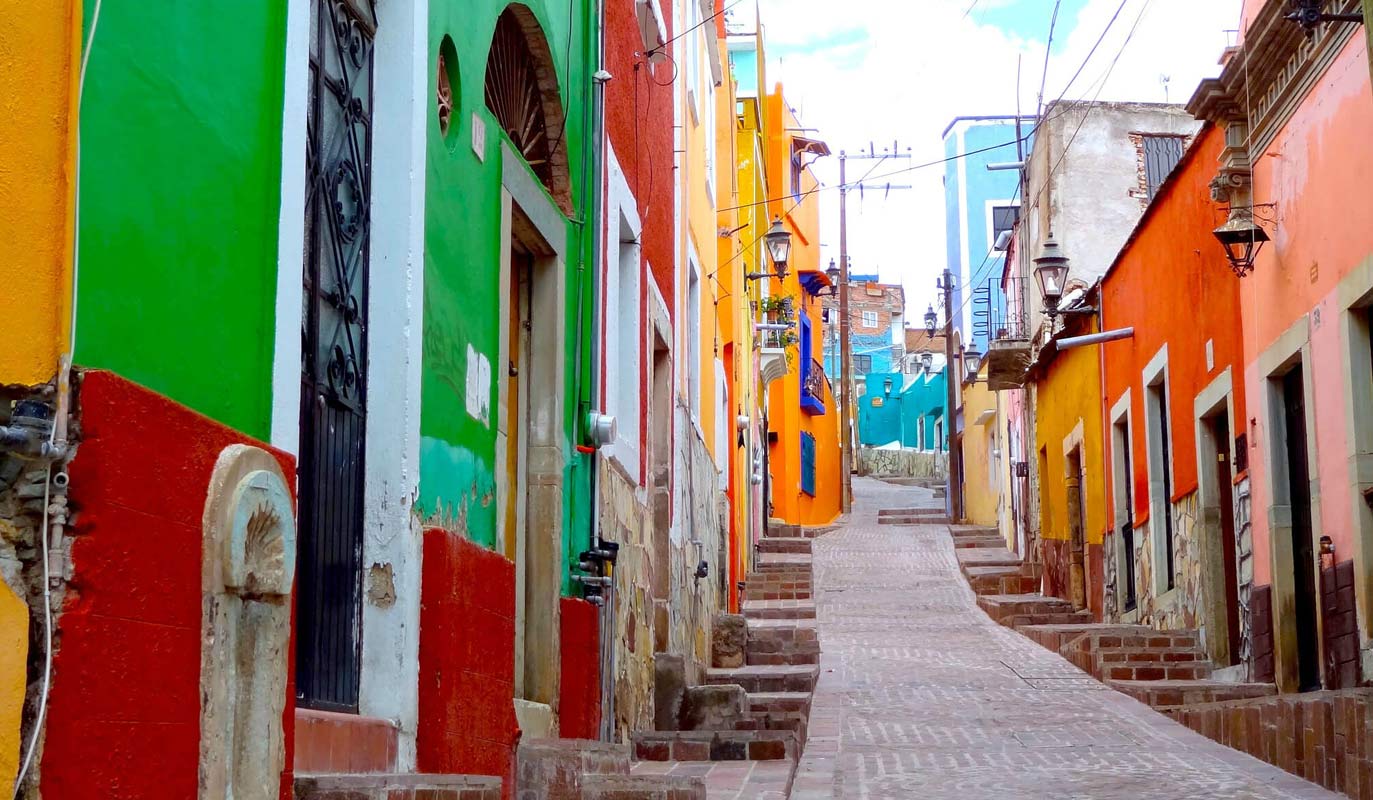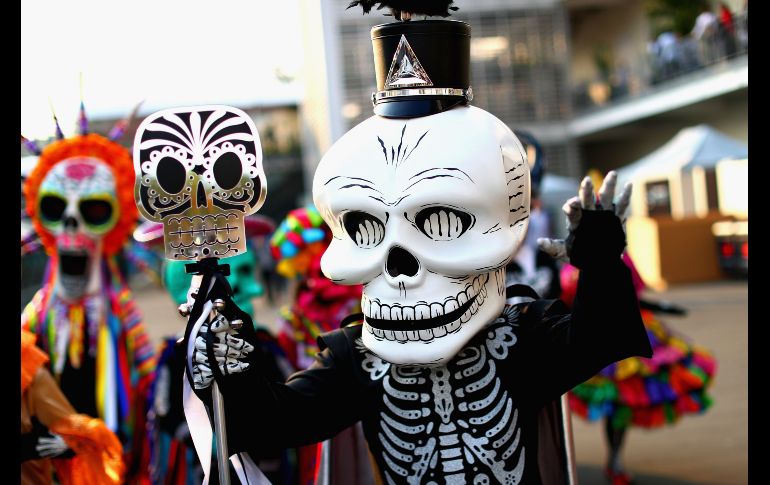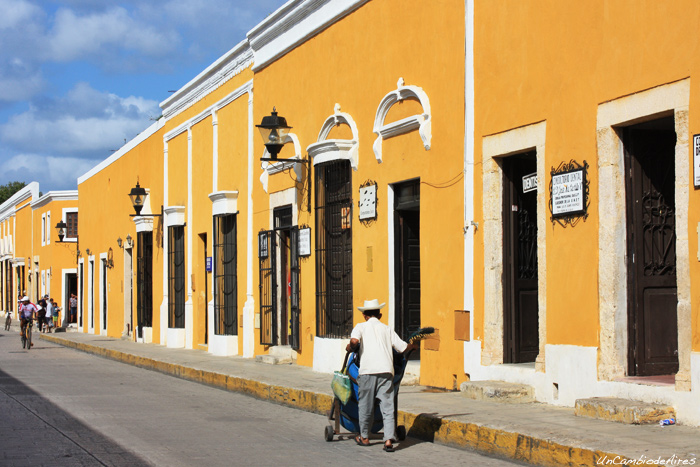The brain can see million colors.
Let us tell you, that the colors has a big impact on how our brain sees the world. Each of these has different meanings.
The red color is a highly visible color that is able to focus attention quickly and get people to make quick decisions, is an intense color that is packed with emotion ranging from passionate, intense love to anger and violence, represents power and courage.

Red is a symbol of good luck, many cultures associate red whit danger and emergency.
In China, red isused for good luck and represents happiness and prosperity. In South Africa, red is the color of mourning and in Russia red is associated with communism because in history, used a red flag when they overthrew the Tsar. In the United States, red, when combined with white and blue represent patriotism and pride of country.
Blue represents both the sky and the sea, and is associated with open spaces, freedom, intuition, imagination, expansiveness, inspiration, and sensitivity, communicates significance, importance, and confidence without creating somber or sinister feelings. This is where the corporate blue power suit and the blue uniforms of police officers and firefighter came from. Considered a highly corporate color, blue is often associated with intelligence, stability, unity, and conservatism.
 In Iran, blue is the color of mourning while in the West the something blue bridal tradition represents love.
In Iran, blue is the color of mourning while in the West the something blue bridal tradition represents love.
Yellow, the color of sunshine, hope, and happiness, has conflicting associations.
Studies show that the meaning of the color yellow can be warmth, cheerfulness, increased mental activity, increased muscle energy. Is a spontaneous and unstable color. It is often associated with food an d is highly used in children’s products and marketing advertisements aimed at children.
In some cultures, yellow represents peace. In Egypt yellow was worn to signify the dead. In Japan, yellow stands for courage. In India,yellow is the color of themerchants.
The color black is the absence of color. Black is a mysterious color that is typically associated with the unknown or the negative, represents strength, seriousness, power, and authority.
d is highly used in children’s products and marketing advertisements aimed at children.
In some cultures, yellow represents peace. In Egypt yellow was worn to signify the dead. In Japan, yellow stands for courage. In India,yellow is the color of themerchants.
The color black is the absence of color. Black is a mysterious color that is typically associated with the unknown or the negative, represents strength, seriousness, power, and authority.
Black is a formal, elegant, and prestigious color.
The color black affects the mind and body by helping to create an inconspicuous feeling, boosting confidence in appearance, or producing feelings of emptiness, gloom, or sadness.
In western countries black is the color of mourning, death, and sadness. Black often represents the emotions and actions of rebellion in teenagers and youth. The color black can represent both the positive and the negative. As the opposite of white, movies, books, print media, and television typically depict the good guy in white and the bad guy in black. In more recent times, the good guy is shown in black to create mystery around the character’s identity.
Green, the color of life, renewal, nature, and energy. Traditionally associated with money, finances, banking, ambition, greed, jealousy…
 The color green affects us physically and mentally in several different ways, is soothing, relaxing, and youthful. Green is a color that helps alleviate anxiety, depression, and nervousness. Green is directly related to nature and energy, so it is also commonly used to represent and promote ‘green’ products.
In different cultures green carries different meanings. For example green is the national color of Ireland and is commonly associated with good luck, leprechauns, clovers, and Saint Patrick’s Day. Green also has close ties with Islam.
White, an inherently positive color, is associated with purity, virginity, innocence, light, goodness, heaven, safety, brilliance, illumination, understanding, cleanliness, faith, beginnings, sterility, spirituality, possibility, humility, sincerity, protection, softness, and perfection.
The color green affects us physically and mentally in several different ways, is soothing, relaxing, and youthful. Green is a color that helps alleviate anxiety, depression, and nervousness. Green is directly related to nature and energy, so it is also commonly used to represent and promote ‘green’ products.
In different cultures green carries different meanings. For example green is the national color of Ireland and is commonly associated with good luck, leprechauns, clovers, and Saint Patrick’s Day. Green also has close ties with Islam.
White, an inherently positive color, is associated with purity, virginity, innocence, light, goodness, heaven, safety, brilliance, illumination, understanding, cleanliness, faith, beginnings, sterility, spirituality, possibility, humility, sincerity, protection, softness, and perfection. 
The color of snow, white is often used to represent coolness and simplicity. White’s association with cleanliness and sterility is often seen in hospitals, medical centers, and laboratories to communicate safety. The color white is also associated with low-fat foods and dairy products.
MEXICAN COLORS
Throughout the western countries white is the traditional color worn by brides, to signify purity, innocence, and virginity. In eastern countries, the color white is the color of mourning and funerals. In certain cultures, white is the color of royalty or of religious figures, as angels are typically depicted as wearing white or having a white glow
Our roots, then, are full of enigmatic and vivid colors, which for the ancient Mexicans had a particular symbolism and were considered sacred. That tradition is still alive in many places in Mexico, where the range of colors and their combinations in architecture not only form an orgasmic vision for our pupils, but they also whisper vestiges of a philosophy based on colors, numbers and in the directions.
And in the Valley of Mexico (the Anahuac) the Nahua painters experimented in a thousand ways to obtain a cosmic range of colors, from plants, minerals and animals, from whose mixtures they got new and vibrant colors that they used to paint textiles, codices and objects of art, but also to paint the temples.
SOME MEANINGS OF THE COLORS
Let us tell you, that the colors has a big impact on how our brain sees the world. Each of these has different meanings.
The red color is a highly visible color that is able to focus attention quickly and get people to make quick decisions, is an intense color that is packed with emotion ranging from passionate, intense love to anger and violence, represents power and courage.

Red is a symbol of good luck, many cultures associate red whit danger and emergency.
In China, red isused for good luck and represents happiness and prosperity. In South Africa, red is the color of mourning and in Russia red is associated with communism because in history, used a red flag when they overthrew the Tsar. In the United States, red, when combined with white and blue represent patriotism and pride of country.
Blue represents both the sky and the sea, and is associated with open spaces, freedom, intuition, imagination, expansiveness, inspiration, and sensitivity, communicates significance, importance, and confidence without creating somber or sinister feelings. This is where the corporate blue power suit and the blue uniforms of police officers and firefighter came from. Considered a highly corporate color, blue is often associated with intelligence, stability, unity, and conservatism.


In Iran, blue is the color of mourning while in the West the something blue bridal tradition represents love.
Yellow, the color of sunshine, hope, and happiness, has conflicting associations.
Studies show that the meaning of the color yellow can be warmth, cheerfulness, increased mental activity, increased muscle energy. Is a spontaneous and unstable color. It is often associated with food an d is highly used in children’s products and marketing advertisements aimed at children.
d is highly used in children’s products and marketing advertisements aimed at children.
 d is highly used in children’s products and marketing advertisements aimed at children.
d is highly used in children’s products and marketing advertisements aimed at children.
In some cultures, yellow represents peace. In Egypt yellow was worn to signify the dead. In Japan, yellow stands for courage. In India,yellow is the color of themerchants.
The color black is the absence of color. Black is a mysterious color that is typically associated with the unknown or the negative, represents strength, seriousness, power, and authority.
Black is a formal, elegant, and prestigious color.

The color black affects the mind and body by helping to create an inconspicuous feeling, boosting confidence in appearance, or producing feelings of emptiness, gloom, or sadness.
 The color green affects us physically and mentally in several different ways, is soothing, relaxing, and youthful. Green is a color that helps alleviate anxiety, depression, and nervousness. Green is directly related to nature and energy, so it is also commonly used to represent and promote ‘green’ products.
The color green affects us physically and mentally in several different ways, is soothing, relaxing, and youthful. Green is a color that helps alleviate anxiety, depression, and nervousness. Green is directly related to nature and energy, so it is also commonly used to represent and promote ‘green’ products.
The color of snow, white is often used to represent coolness and simplicity. White’s association with cleanliness and sterility is often seen in hospitals, medical centers, and laboratories to communicate safety. The color white is also associated with low-fat foods and dairy products.
Throughout the western countries white is the traditional color worn by brides, to signify purity, innocence, and virginity. In eastern countries, the color white is the color of mourning and funerals. In certain cultures, white is the color of royalty or of religious figures, as angels are typically depicted as wearing white or having a white glow





Comentarios
Publicar un comentario